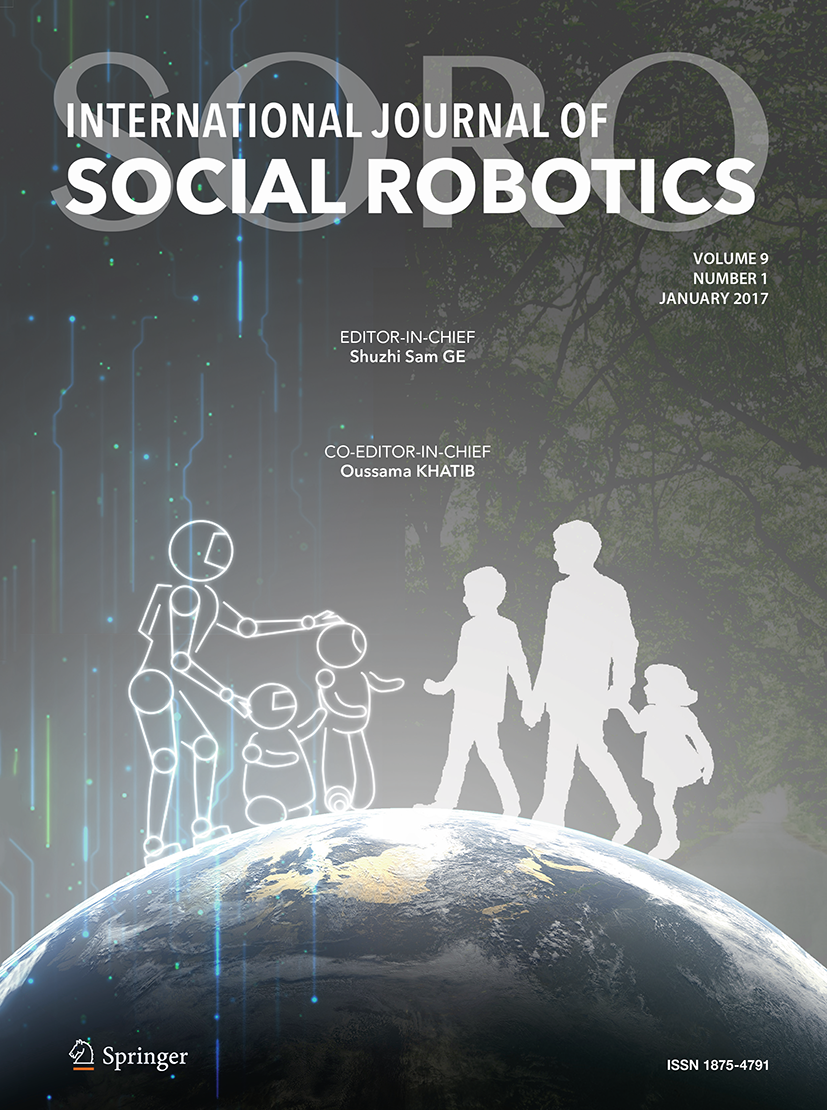Abstract: Artificial intelligence (AI) and robots have the potential to revolutionize society, with impacts ranging from the broadest reaches of industry and policy to the minutiae of daily life. The extent to which AI-based technologies can bring benefits to human society depends on how people perceive them––folk beliefs of AI and robots. The present paper aims to gain insights into people’s perspectives on artificial intelligence and robots by examining their folk beliefs. In Study 1, we explored folk beliefs regarding general artificial intelligence and robots using metaphor nomination (Phase 1, N = 99), factor analysis (Phase 2, N = 267), and semantic analysis (Phase 3). Results indicated three primary folk beliefs for AI: the unknown, the assistants, and the machines. For robots, three primary folk beliefs emerged: the assistants, the companions, and the tools. In Study 2, we investigated folk beliefs about robots in various application contexts through free listing (Phase 1, N = 82) and factor analysis (Phase 2, N = 300). Results revealed four folk beliefs for companion robots: companion ability, applicable target, social consequence, and technology. Additionally, four folk beliefs emerged for education robots: educational ability, advantage, disadvantage, and technology, while medical robots were associated with five folk beliefs: medical ability, advancement, social consequence, disadvantage, and technology. This research is the first step in examining how ordinary people conceptualize artificial intelligence and robots through folk theories, unveiling several directions for future research reference. Our findings also revealed that lay people’s perceptions of artificial intelligence and robots are shaped by social cognitive processes. This also implies that the methods of folk theories can be utilized to investigate people’s social cognitive processes. The current study carries practical significance for the designers and manufacturers of AI and robots, guiding aspects such as the professional capabilities of artificial intelligence and robots, potential negative social consequences, and the needs of specific user groups.
Lay summary (by GPT-4): This study looks into how everyday people think about artificial intelligence (AI) and robots, focusing on their “folk beliefs” – the informal theories or ideas that people hold. The researchers conducted multiple phases of research to explore these beliefs in depth. In the first part of the study, they discovered that people generally hold three main views about AI: they see AI as a mysterious unknown, as helpful assistants, or simply as machines. When it comes to robots, people tend to view them as assistants, companions, or tools.
In the second part of the study, the focus shifted to how people perceive robots in specific roles, such as companions, educators, or medical helpers. For companion robots, people’s beliefs centered around their ability to be companions, their applicability to certain targets, their social consequences, and their technological aspects. Education robots were associated with their educational capabilities, benefits, drawbacks, and technological features. Medical robots were linked to their medical capabilities, advancements, social impacts, drawbacks, and technology.
This research sheds light on the common ways people think about AI and robots, highlighting the importance of these perceptions in shaping the development and acceptance of these technologies. It suggests that understanding folk beliefs can help designers and manufacturers of AI and robots to better meet the needs of users and address potential concerns about social consequences and specific user group requirements.


